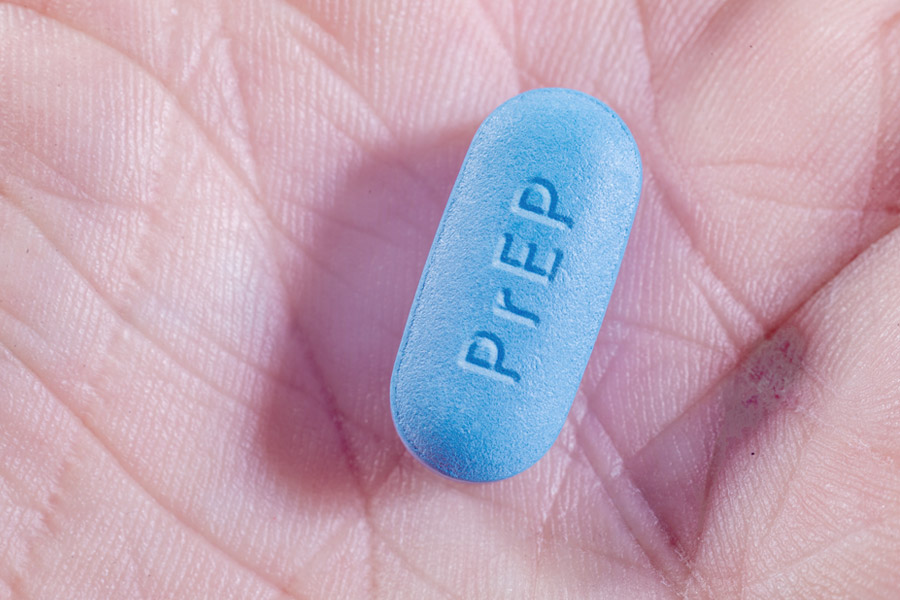
Deciding to use PrEP is an individual decision based on many factors, including your sexual practices, choice of sex partners, willingness to use other prevention methods, and whether you can stick to a daily pill regimen. Health care providers, case managers, friends, and others can help you decide whether PrEP is right for you. Online forums of PrEP users can also help you make a decision.
For many people, PrEP will be the right choice at some stages of life but not others—what Dr. Grant and others call “seasons of risk.” For example, couples trying to have a baby may go without condoms while trying to conceive but use them otherwise.
Some people struggle to use condoms all the time or have decided they simply don’t want to, even with partners whose HIV status or viral load (if the partner is HIV-positive) they can’t be sure of.
Others have a lower risk, but want to consider PrEP to diminish their anxiety. One example is people in a mixed HIV status monogamous partnership with the HIV-positive partner on treatment with an undetectable viral load. In this case, the risk of transmission is very low, but PrEP may reduce fear and increase intimacy.
Some people, after thinking it through, may decide to use other methods for reducing HIV risk. Under any circumstance, PrEP can’t prevent you from getting an STI, and condoms do protect against many (although not all) of them. PrEP is best used as part of a comprehensive risk-reduction and sexual health strategy.

